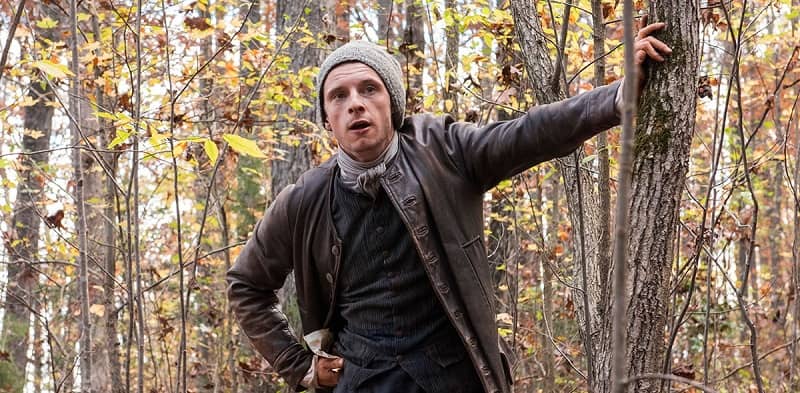Who was Abraham Woodhull?
Abraham Woodhull was a leading member of the American Culper Spy Ring in New York City and Setauket, New York which provided information to George Washington during the American Revolution.
He became a member of the Culper Spy Ring, which provided intelligence to George Washington to assist the Patriots’ war effort. It was a successful operation which provided Washington with valuable information on the British Army headquartered in New York from October 1778 until the end of the war.
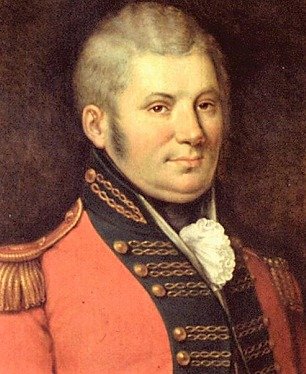
Historians believe that he and his co-conspirators probably uncovered Benedict Arnold’s treason and the information that led to arrest of British Major John Andre. After the United States gained independence, Woodhull served as a magistrate, as his father did before him, and he served as a judge in Suffolk County, New York.
Abraham Woodhull’s Early Life
Abraham Woodhull was born in 1750 in Setauket, a town on Long Island, New York. He was the son of a prominent judge, Richard Woodhull who was a wealthy settler of Setauket who supported colonial independence, and Mary Woodhull. He served as a lieutenant in the Suffolk County, New York militia in the fall of 1775 but resigned after a few months.
What compelled Woodhull to take up arms?
He was motivated by the murder of his cousin Brigadier General Nathaniel Woodhull of the New York militia, who was wounded by sword and bayonet cuts after being captured on August 29, 1776.
Some reports stated that General Woodhull was deprived of medical care and food and suffered an agonizing death on September 20, 1776, and Abraham Woodhull was inflamed against the British by this event.
He did not immediately take up arms or begin spying, however; he was more placid than some of his friends who joined the Continental Army at the outset of the war. He was the only surviving son of his ageing parents, and he stayed on the family farm to look after his family and their property.
About the Culper Spy Ring
Woodhull started spying for the Continental Army in late 1778, as part of the Culper Spy Ring. By following the directions of Benjamin Tallmadge, his childhood friend and General George Washington’s director of military intelligence, Woodhull started operating under the code name “Samuel Culper.”
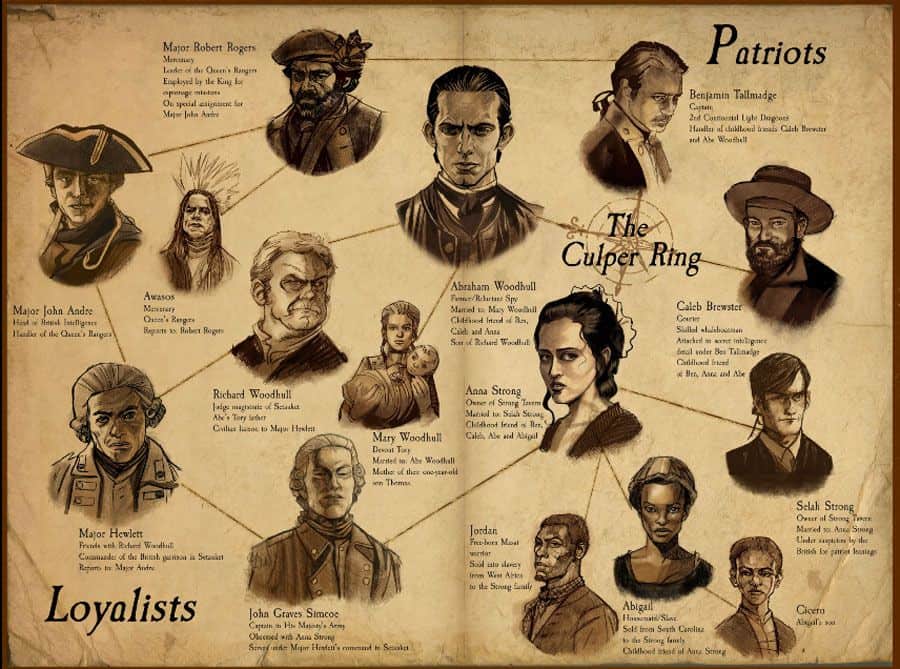
He travelled regularly from Setauket to Manhattan, apparently to visit his married sister, Mary Underhill, and her husband, Amos, at their boarding house.
However, the British quickly suspected him of spying; they even went to Setauket to arrest him in June 1779, although he avoided trouble since he wasn’t at home. The near-miss left him shaken, but he was compelled to find another way to continue spying.
Also Read: José Limón Biography – Facts & Family
How the spying was conducted?
Woodhull enlisted Robert Townsend, a merchant who used to conduct business in Manhattan, to gather intelligence about British military plans.
Under the alias “Samuel Culper Jr.,” Townsend sent information by courier to Woodhull’s farm in Setauket. After collecting the messages, Woodhull waited for signals from his neighbour and fellow conspirator, Anna Strong, who communicated by hanging specific laundry out on her line.
Woodhull was thereby able to locate and relay messages to whaleboat captain Caleb Brewster, who then delivered them to Tallmadge.
Achievements of the Culper Spy Ring
The Culper Spy Ring was probably Washington’s most successful spy operation. Their reports are believed to have uncovered Benedict Arnold’s treason and led to the capture of British Major John Andre, who was working with Arnold to undermine the Continental Army.
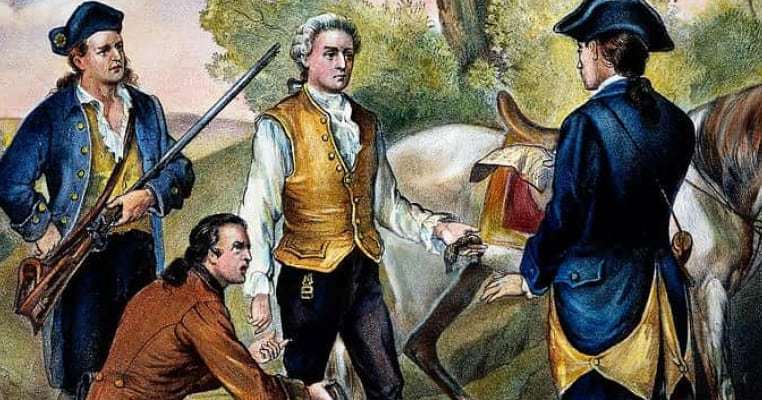
The Culper Ring in addition likely helped to prevent a British attack against French forces that had arrived in Rhode Island to assist the colonists. Woodhull and the Culper Ring continued spying until the war’s official end in 1783, although it appears they did not gather much useful intelligence during their final years.
Wife and Children
Woodhull married his friend Mary Smith in 1781 and had three children with her. His wife died in 1806, after that he remarried Lydia Terry in 1824.
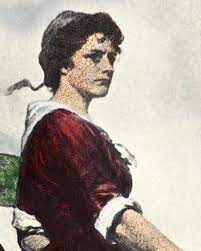
Later Life and Death
Woodhull held several important local positions in his later years, including magistrate of Setauket, judge of the Court of Common Pleas and first judge of Suffolk County. He died on January 23, 1826 in Setauket and his mortal remains were buried in the Setauket Presbyterian Church and Burial Ground.
